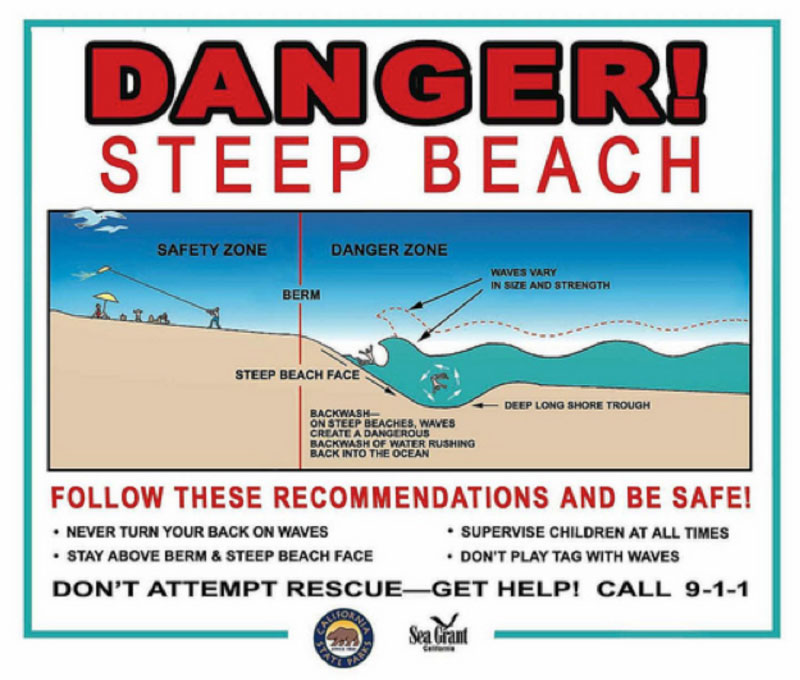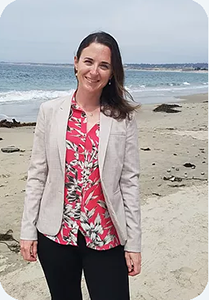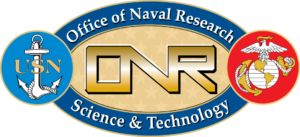JUNIOR RESEARCHERS
Citizen Science Program
Students become essential partners through scientific exploration in areas that are deeply meaningful to them and globally relevant. Led by researchers from the Naval Postgraduate School, the University of Georgia and Raytheon, they capture, analyze, and share data that is vital to the progress of active research programs.
Students (grades 8 and up) prepare and participate in field-based research and lab experiments in CA, MA, and RI. Guided by data protocols on the Scoutlier digital platform and coached by researchers, they collect, share and analyze data that contributes to the understanding of coastal change, natural resource management, and coastal security, by advancing our understanding of underlying physical processes, testing of new technologies, and supporting the training of deep neural networks that improve machine learning and automation necessary to innovate in these fields.
This program has been completed but the learning materials and results can be viewed below.
ABOUT THE PROGRAM
The Changing Beaches Research Challenge launched in 2018. Hundreds of students have taken part. The data gathered is showing how the distribution of sediments on the beach is changing, and how Artificial Intelligence can quickly identify coastal change.
Now we aim to collect new observations and to focus on key scientific issues that help us understand coastal change.
These issues are:
• rising sea levels and more frequent storms
• extreme weather events on barrier beach systems
• rapid identification of coastal changes with Artificial Intelligence
• endangered species habitat restoration
The focus of studies is on Carmel River State Beach. The Carmel estuary becomes a closed seasonal lagoon in the dry season, generated by the formation of a large permeable sandbar at the beach. The lagoon breaches in response to winter storms or human intervention, cycling back to a true estuary. The river breached to the ocean on December 3, 2019.
GPS surveys of the beach topography and lagoon bathymetry will be collected, in conjunction with aerial surveys. Want a deeper dive into AI and machine learning, check out: What is a neural network? (opens video in new tab)
The river will be frequently monitored to catch the breach event and catalog morphological changes. Each survey will generate a digital elevation model – a 3D representation of the area to quantify these changes.
HOW TO TAKE PART
Launch Prep Activity on the Scoutlier platform & complete your preparation activity:
Visit the beach and survey the waterlines with GPS from the lagoon to the sea.
Identify key sample locations for collecting sediment, then take a photo of your samples and label for the NPS lab to analyze.
At the lagoon, thoroughly explore the water quality and chemistry. Record the salinity, pH, and dissolved oxygen content, and photograph the breach of the sand dune.
Submit your results and photos using our fieldwork assignment. Tablets and instruments will be provided.
STAYING SAFE ON THE SEASHORE

The ocean at Monastery Beach is not safe for swimming or wading. The lagoon is ideal for wading during the dry season, but extreme caution should be exercised in the winter when the river breaches to the sea. Currents and surf can be extreme. Be sure to stay away from the unstable edges of the sandbanks near fast-moving currents during breach time.
Stay in a group, so you have help if something goes wrong.
Don’t do the survey in bad weather. Stormy or windy weather can make the seashore dangerous, with large, powerful waves.
Dress appropriately for the temperature and weather.
Project Team
• Professor Mara Orescanin, Naval Postgraduate School
• Amanda Camarato, Technical Trainer
• Claire Pontbriand, Director of Aecern
•You!

Extras: Biology and Ecology
The Carmel Lagoon and estuary is habitat for steelhead trout and the California red-legged frog, among other species.
The highest stages of the lagoon occur in the early wet season, when rainfall re-establishes surface flow in the lower river that gradually fills the lagoon and transforms it from brackish to freshwater, dropping temperatures, increasing Dissolved Oxygen (DO), and decreasing salinity in the top 2m of water. This reconnection also allows juvenile steelhead to move between the lagoon and the rest of the river.
Early in the rainy season, the County sometimes mechanically breaches the sandbar to prevent rising lagoon levels from flooding homes at the northern edge of the wetlands area, increasing temperatures, dropping DO, and increasing bottom salinity. These factors are expected to be detrimental to steelhead. After breaching, lagoon water level fluctuates with tides at 30-60cm, making steelhead vulnerable to avian predators.
Year 2 (2019 – 2020) program
We’re excited to work with these wonderful teachers and their students in our second year:
- Alex Hofsteen – International School of Monterey
- Geoffrey von Saltza – Monterey Academy of Ocean Sciences
- Adrianne D’Amico – Pacific Grove High School
Year 1 (2018 – 2019) program
We appreciate the dedication of these engaged teachers in our first field season:
Rebecca Taylor – Evergreen Valley High School
Carolyn Laymon – Seaside High School
Alex Hofsteen – International School of Monterey
Polly Ficken – East Union High School – Manteca USD
Geoffrey von Saltza – Monterey Academy of Ocean Sciences
OTHER STUDENT OPPORTUNITIES
The Naval High School Science Awards Program (NSAP) is a U.S. Navy and Marine Corps program that encourages our nation’s students to develop and retain an interest in science and engineering. NSAP recognizes the accomplishments of eligible students at regional and state science and engineering fairs and the International Science and Engineering Fair (ISEF) in producing and presenting quality science and engineering projects.
The Science and Engineering Apprentice Program (SEAP) places academically talented high school students with interest and ability in science, technology, engineering, and mathematics (STEM) as apprentices in the Department of Defense (DoD).

This project is funded by a grant from the Office of Naval Research Education and Workforce Naval STEM
RESOURCES



